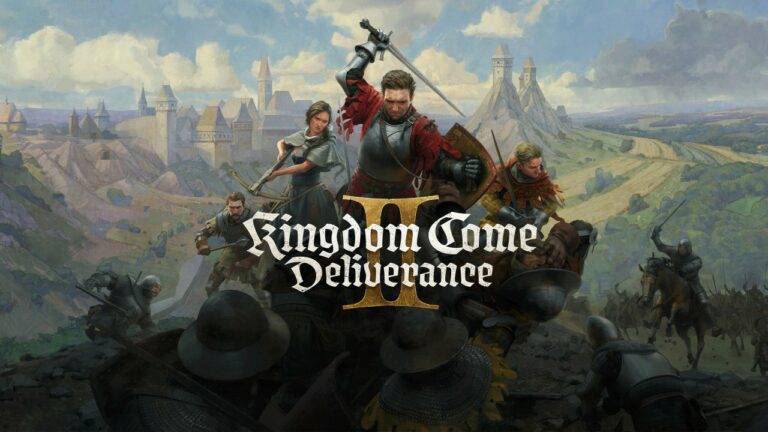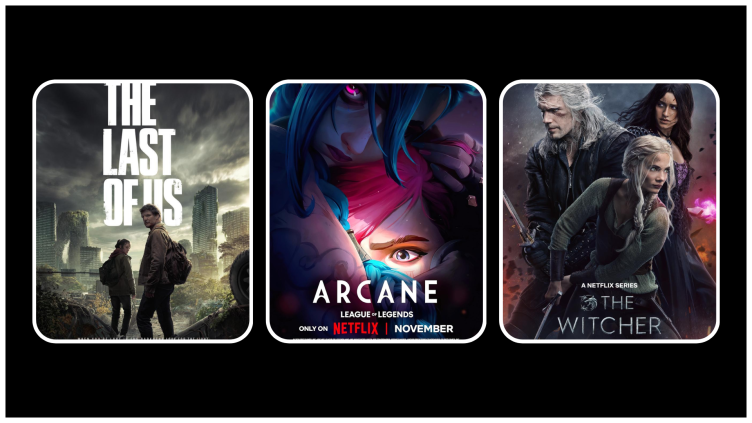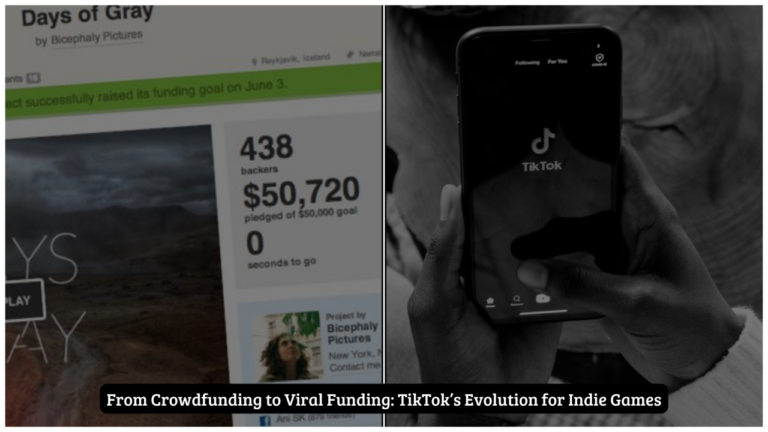Are you thinking about publishing a game on Steam but feel unsure about marketing? You’re not alone! Steam can feel like a vast ocean, but if you understand how its ecosystem works and apply some key strategies, you can turn your game into a success—regardless of your budget or experience.
In this article, I’ll explain how Steam’s marketing tools and strategies work, from wishlists to discounts, with practical examples backed by real-world data.
Your Steam page: The first impression that counts
Your game’s Steam page is where players decide if they’re interested in your game. This space needs to be engaging, informative, and reflective of your game’s quality.
What your page should include
- A memorable title: Think of something easy to remember and captures your game’s essence. Example: Hollow Knight. Simple, intriguing, and fitting for its tone and genre.
- High-quality images and trailers: Screenshots should highlight your game’s best features, such as graphics, gameplay, or key moments. Trailers must hook viewers within the first 10 seconds. Avoid long intros; focus on visuals.
- A clear description: Break text into short paragraphs or bullet points. Use language like: “An action-adventure game with dynamic combat and deep narrative elements.”
- Accurate tags: Tags influence search results and recommendations. Be specific. For a management simulator, use terms like management and simulation.
Wishlists and coming soon: Building anticipation
Steam isn’t just a platform for selling games; it’s a space for building anticipation. This is where wishlists and the Coming Soon page become critical.
How wishlists work
- When a player adds your game to their wishlist, Steam tracks this and sends notifications whenever there are updates, discounts, or launches.
Why wishlists are crucial
- The more wishlists your game accumulates, the higher its chances of being featured by Steam’s algorithm.
- They provide an early metric for public interest, helping you estimate initial sales.
Actionable steps to boost wishlists
- Publish your Coming Soon page early: Ideally, 6–12 months before release.
- Promote actively: Regularly post updates, screenshots, and trailers on your Coming Soon page and social media platforms.
- Leverage events like Steam Next Fest: Participation in this event can significantly boost your wishlist numbers. Example: Potion Craft saw exponential growth in followers after appearing at a Steam festival, with wishlists doubling during the event.
Proven data
- Valve’s 2022 Steamworks report revealed that games with 50,000 wishlists typically sell around 10,000 copies within the first month of release. This demonstrates the direct impact of wishlist numbers on sales potential.
Steam events: Unlocking opportunities for growth
Steam’s global sales and themed festivals are golden opportunities to showcase your game to a massive audience.
Types of events
- Global sales: Events like the Summer Sale, Winter Sale, and Autumn Sale attract millions of users looking for deals. Valve reports that games participating in these sales see up to a 300% increase in sales volume compared to non-sale periods.
- Themed festivals: Examples: Strategy Games Festival, Visual Novel Fest. These are tailored to specific genres or themes, helping niche games shine.
How to prepare for events
- Offer meaningful discounts. Games discounted by 50% or more tend to perform the best during sales events.
- Sync updates or expansions with events to reignite player interest.
Going beyond Steam: External marketing and community engagement
Engage with the Steam Community
- Use forums to answer questions, collect feedback, and share updates.
- Publish regular announcements on your game’s page to keep followers informed and excited.
Drive traffic from social media
- Share gameplay clips, behind-the-scenes content, and updates on platforms like Twitter, Instagram, and TikTok.
- Always include a direct link to your Steam page.
Collaborate with influencers
- Identify streamers and YouTubers who enjoy similar games to yours.
- Offer free keys to influencers to showcase your game.
Supporting data
- A 2023 study by Rainmaker.gg highlighted that 65% of indie game purchases were influenced by live streams on platforms like Twitch, underscoring the importance of influencer marketing.
Learn from proven success stories
Learning from the success of others can provide valuable insights. Here are some examples of games that used Steam to achieve extraordinary results:
Case 1: Among Us
- Initially launched with little fanfare, Among Us exploded in popularity in 2020 thanks to Twitch streamers. Steam’s visibility tools helped it reach a broader audience, leading to over 500 million active players at its peak.
Case 2: Deep Rock Galactic
- This co-op mining game leveraged Early Access to build a loyal community. Steam discounts paired with major updates created spikes in sales.
- Result: The game became one of the top-rated co-op titles on the platform.
Case 3: Slay the Spire
- This roguelike deck-builder used Steam Next Fest to showcase its updates during Early Access. It sold over 2 million copies in its first year, largely due to wishlist-driven pre-launch interest.
Steam as your launchpad
Mastering Steam’s marketing tools may seem daunting, but with the right strategies, anyone can succeed. By focusing on building a strong wishlist, engaging with the community, and leveraging Steam’s events and discounts, you can set your game on the path to success.
Now, the question is: are you ready to make your game shine? 🚀



